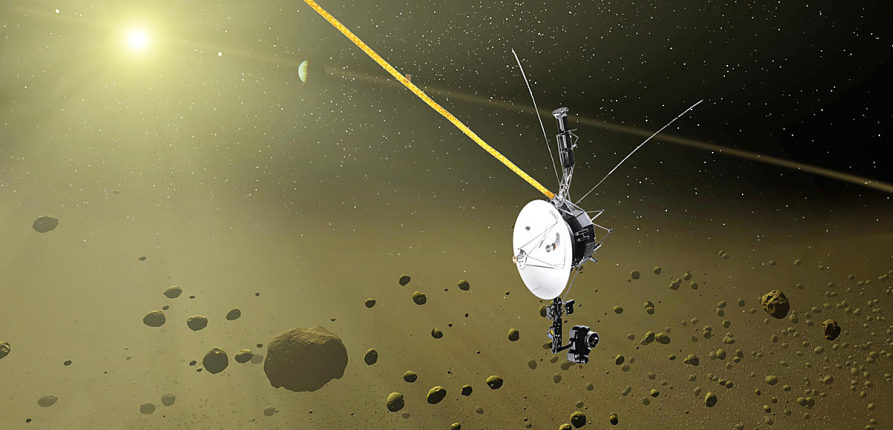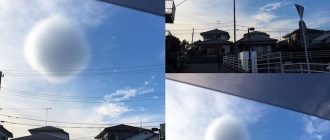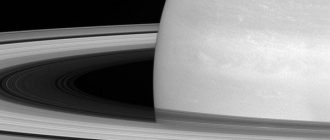
There has never been such radio silence. After months of not being able to communicate with Voyager 2, NASA has finally reconnected with the interstellar spacecraft.
The communication disruption – lasting since March, almost eight months and a whole pandemic ago – was not due to any mechanical malfunction, or to any oddities in interstellar space (although they are also present).
In this case, it was more of a routine service. And yet, when you are one of the most distant spaceships in history – leaving behind the Earth and even the entire solar system – nothing special is truly routine.
In March, NASA announced that Deep Space Station 43 (DSS-43) in Australia, the only antenna on Earth that can send commands to Voyager 2, requires critical updates and must be shut down for about 11 months to complete.
During this window, Voyager 2, currently more than 18.7 billion kilometers from Earth and receding all the time, will not be able to receive any messages from Earth, although its own signals will be received by scientists.
Currently, the DSS-43 reconstruction is still ongoing and should be completed in February 2021, but enough updates have already been installed to start preliminary tests.
Last week, mission operators sent their first messages to Voyager 2 since March, issuing a series of commands, and NASA reports that Voyager 2 has returned a signal confirming that it has received instructions and followed the commands.
According to NASA, the DSS-43 has not shut down for over 30 years. An old radio antenna in need of replacement – the only one in the world capable of broadcasting on Voyager 2 – has been in use for over 47 years.
As part of the upgrade, the DSS-43 will receive two new antennas, upgraded heating and cooling equipment, power supply equipment and other electronics to support the new transmitters. When the work is complete, the updates will ensure the longevity of the legendary object.
As to why the DSS-43 is the only antenna in the world that can reach Voyager 2, the reason is not purely technological. As a result of the probe's flight over Neptune's moon Triton in 1989, Voyager 2's trajectory shifted significantly south relative to the plane of the planets of the solar system, which means that antennas on Earth, in the northern hemisphere, have no way to reach it.
“We've always talked to the spaceship. We do this on a daily basis, ”Susanne Dodd, Voyager's interstellar mission project manager, told CNN.






